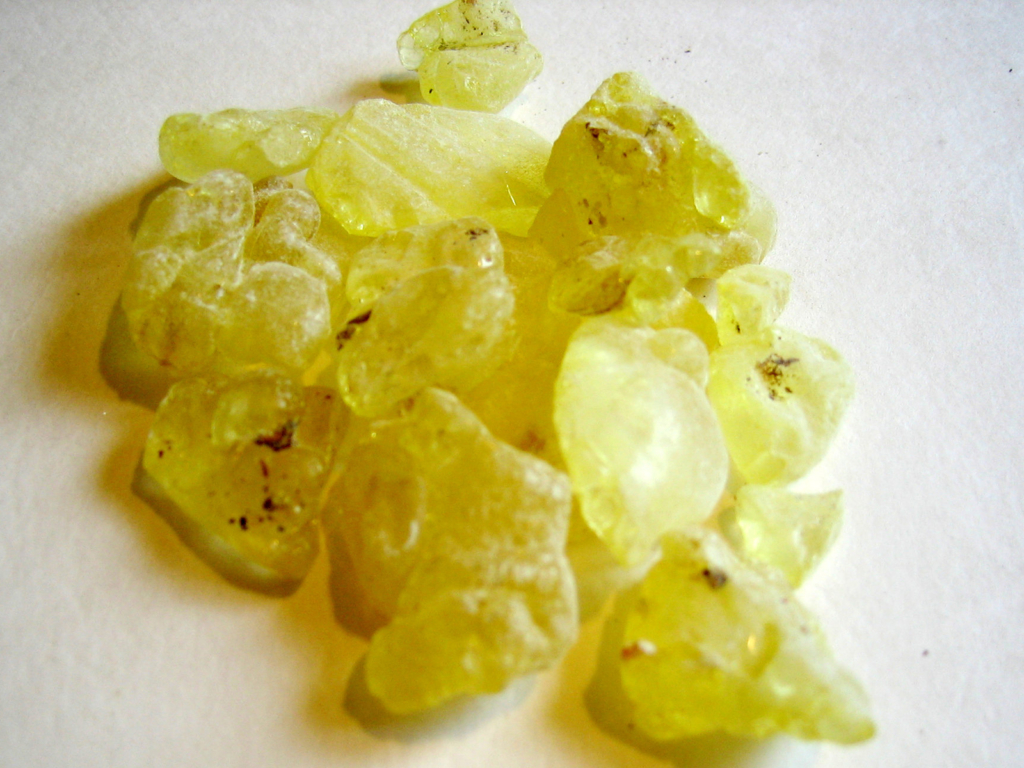Mastic, or mastika in Greek, is a spice derived from the resin of the mastic tree. Read on to learn about its history, flavor, and uses.
History
Humans have long sought mastic’s mild, fresh flavors. The resin is one of the earliest recorded foods chewed for flavor by humans, much like we enjoy chewing gum today. Mastic is so closely associated with this usage that its name likely derives from the word ‘masticate,’ a verb meaning ‘to chew.’ Mastic trees grow throughout the Mediterranean region, but the tree variety that produces the resin harvested for mastic grows in only one place on the planet: the Greek isle of Chios. After its discovery on Chios in 1822, attempts to graft mastic resin-producing trees were made in Italy, Turkey and even elsewhere on Chios, all unsuccessfully. Mastic resin has been highly prized throughout history for its flavor and purported cosmetic and medicinal benefits, especially during Ottoman-era Greece, when its theft was punishable by execution.
Mastic harvest involves scarring the tree to release beads of sap called tears, which is then collected and dried. A 2012 fire on the island of Chios destroyed groves of mastic trees and raised questions about mastic’s future as an industry.
Flavor

Mastic’s flavor is mild, sweet, and difficult to describe. Some liken it to evergreen, while some call it herbal or floral. Greek Boston describes its flavor as unique, but with similarities to vanilla (vanilla can stand in when mastic can’t be found).
Uses
Mastic can be used as a powder or a liquid in sweet and savory dishes. In Greece and Turkey, it’s commonly used in desserts, like ice cream, and in baked goods. There is a type of soft bread made with mastic that is similar to challah, but sweeter and more aromatic. With its subtle similarities to vanilla, mastic might be used in place of vanilla in various dishes and desserts. Mastiha, mastic liquor, is served chilled as an after-dinner drink and sometimes even in mixed drinks.
Montreal-based spice shop Spice Trekkers notes that mastic is sometimes added to savory meat and poultry dishes across the Middle East. They recommend recipes such as Chicken with Lemon and Mastic and Feta Fennel Chicken.
Other uses include flavoring for products like chewing gum and toothpaste.
Where Can I Find It?
Mastic resin can usually be found at Greek supermarkets or online. Mastic is sold as a powder and in packs of whole tears which can be ground at home. Whole mastic better maintains its delicate flavor than pre ground varieties. Outside of Greek cuisine, mastic may be sold under the name Arabic Gum.
Feature Image: Flickr user liesvanrompaey (CC BY 2.0)



